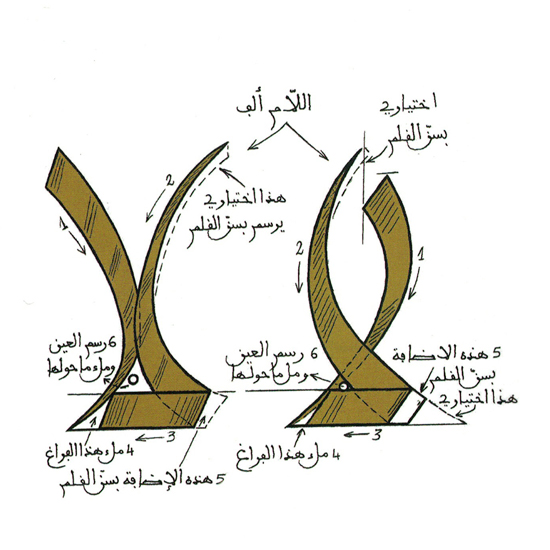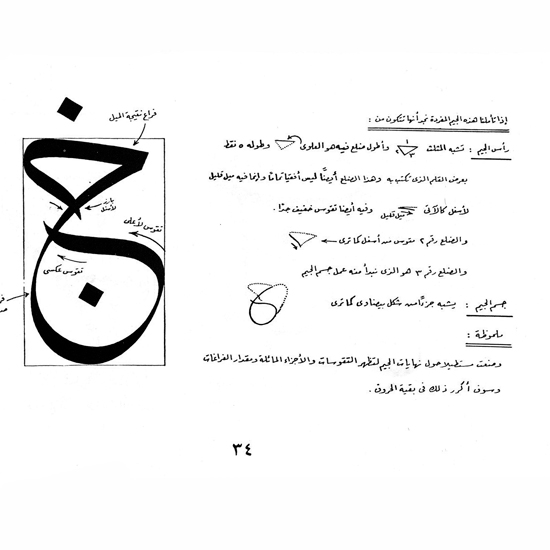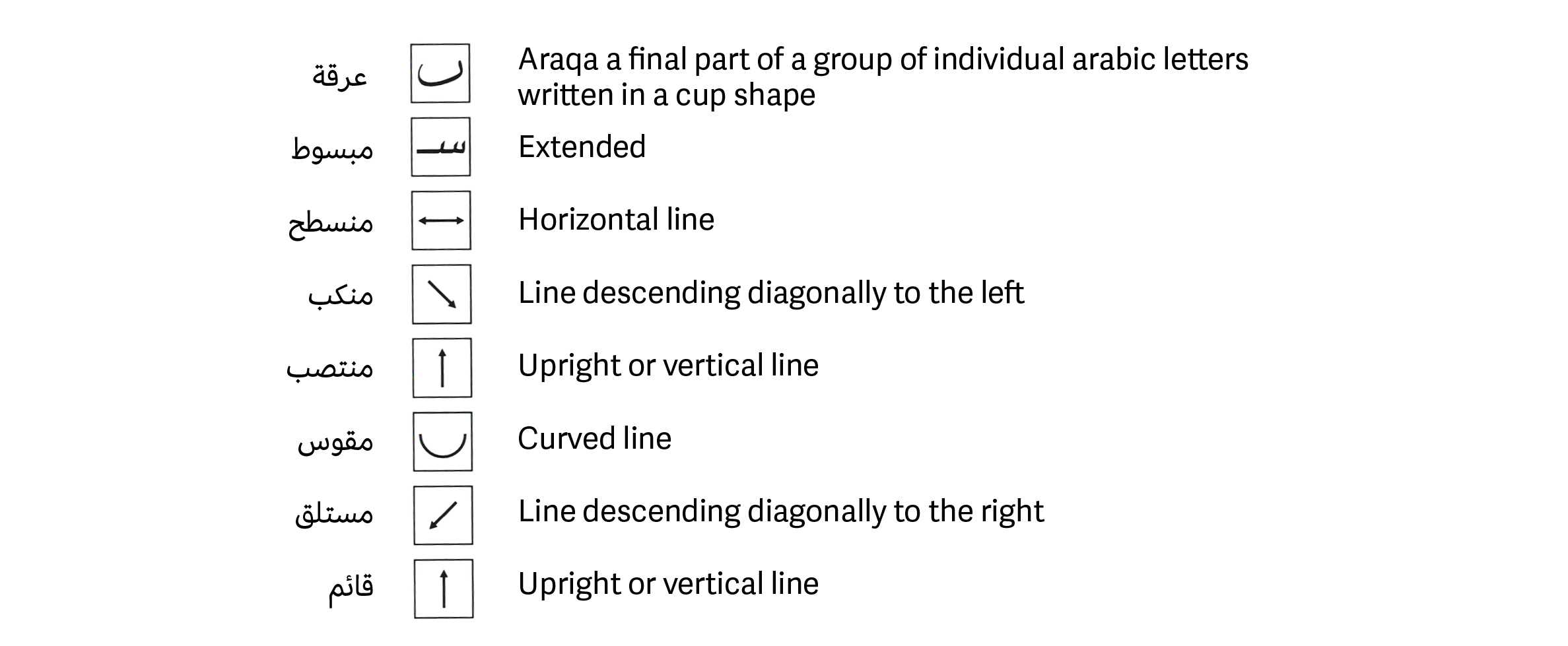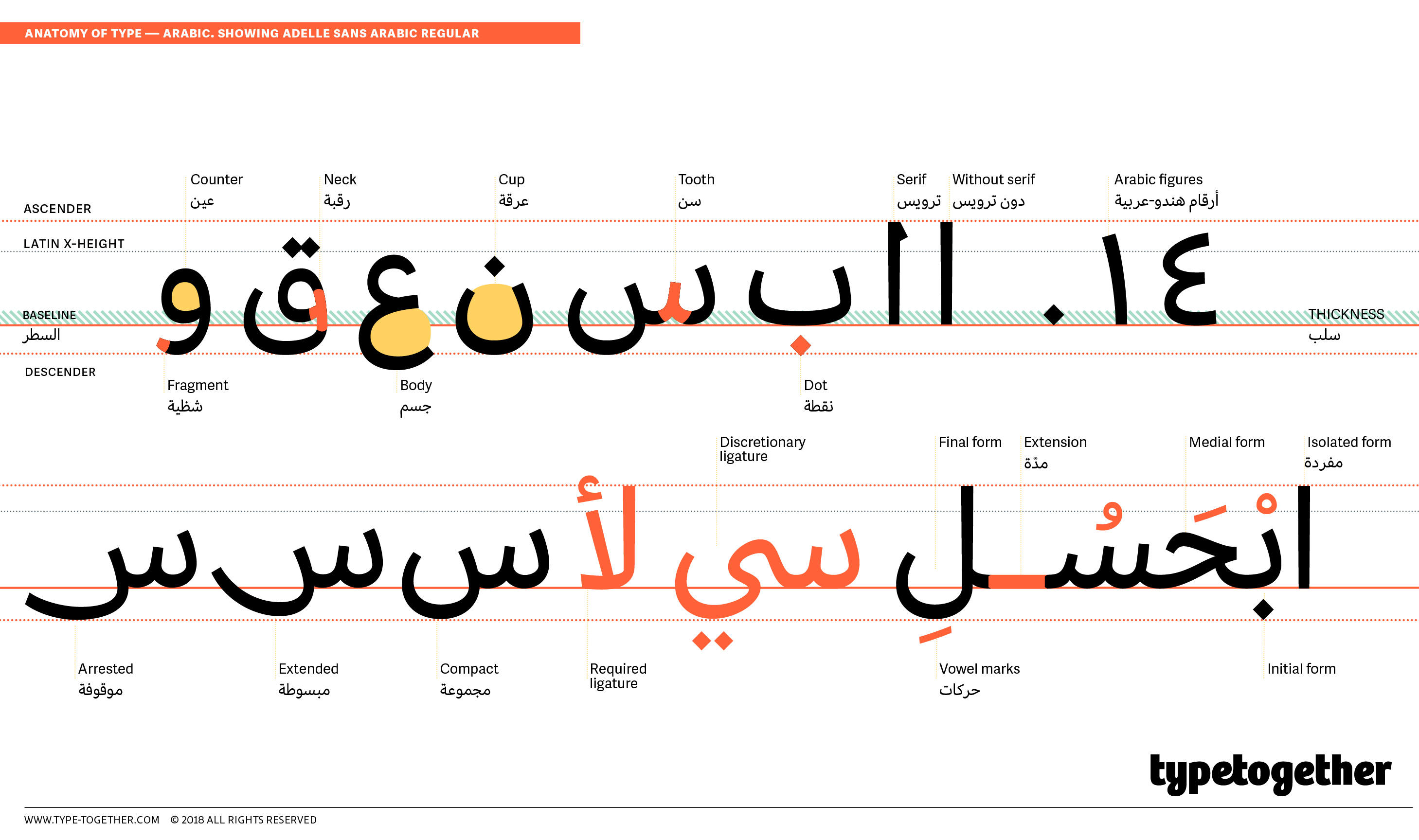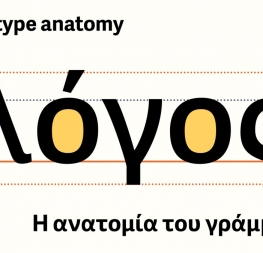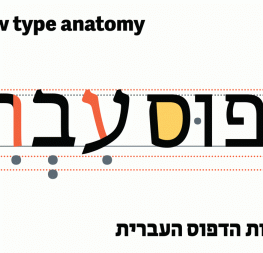Arabic type anatomy
June 2018
Arabic type anatomy looks complex, particularly for those not native to Arabic languages. In this article Azza Alameddine presents an attempt to simplify and standardise the different parts of Arabic letterforms: the anatomy of Arabic type.



